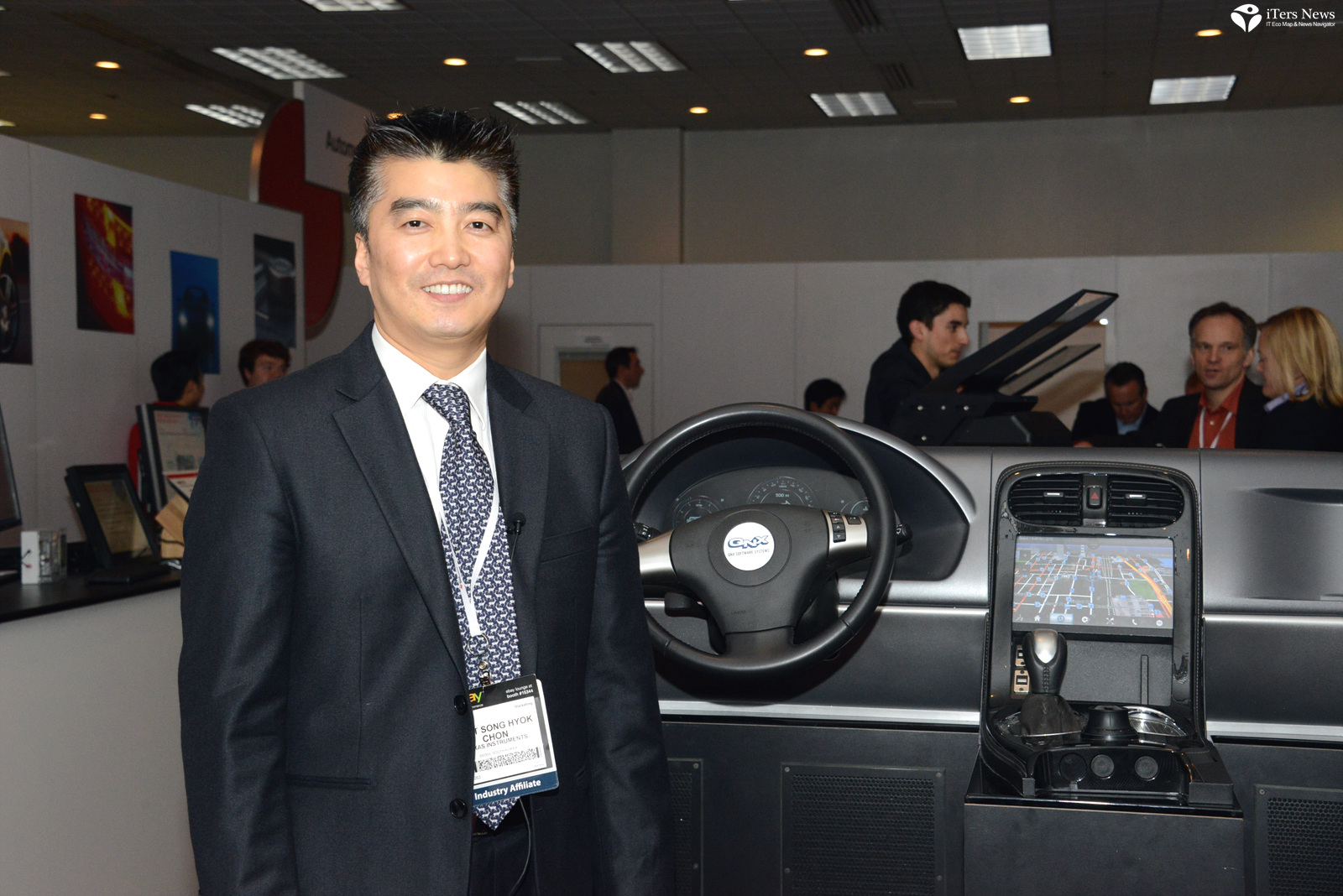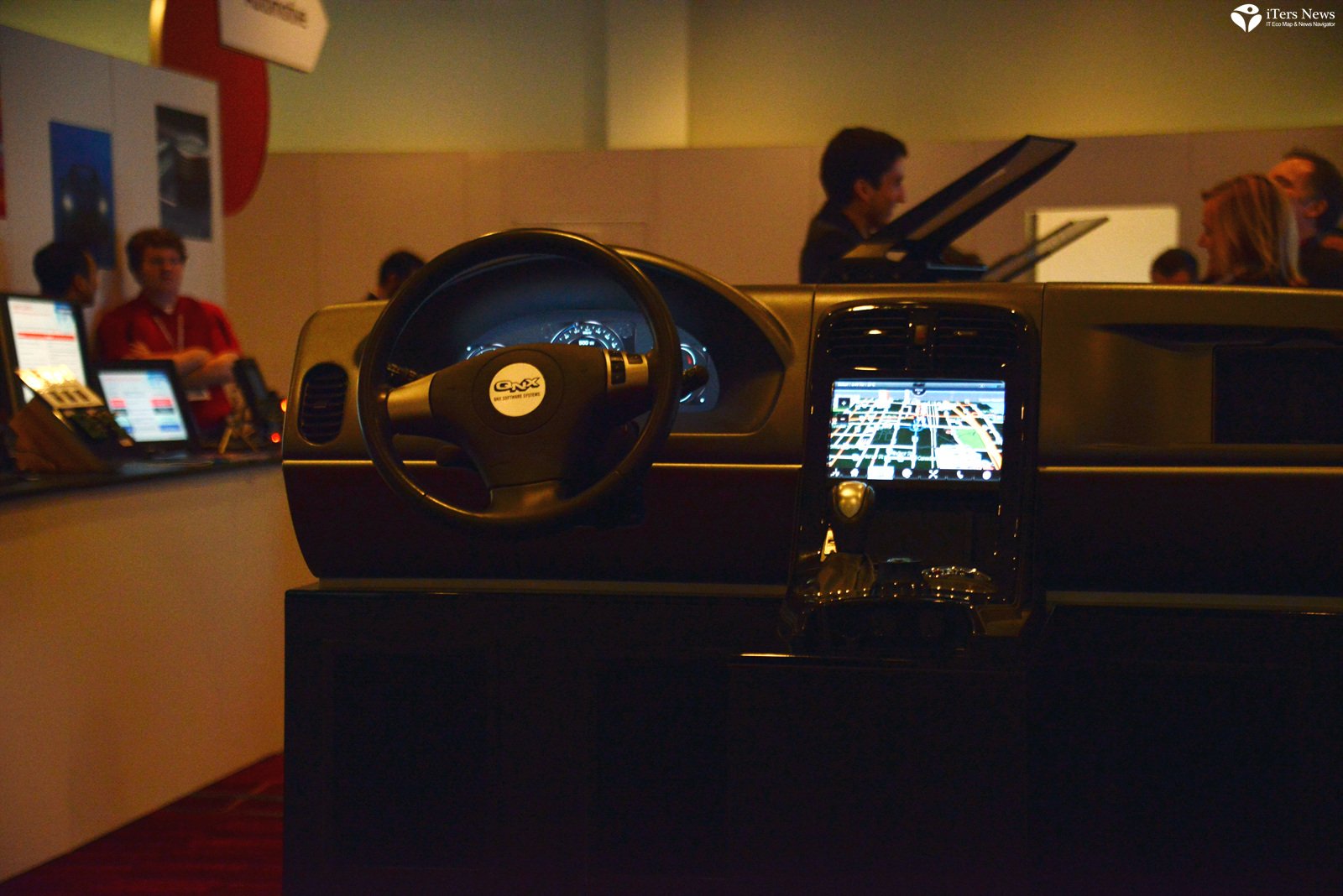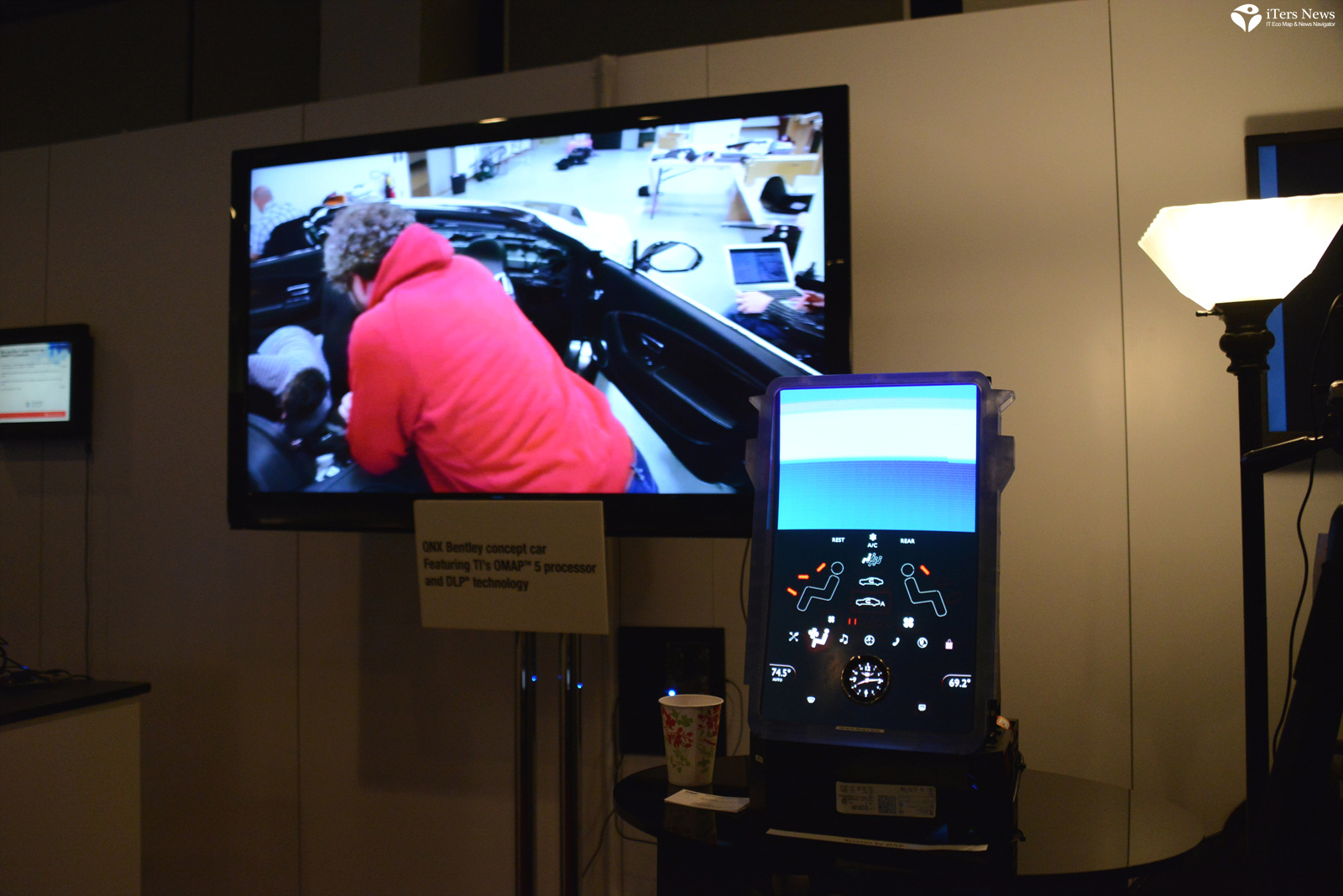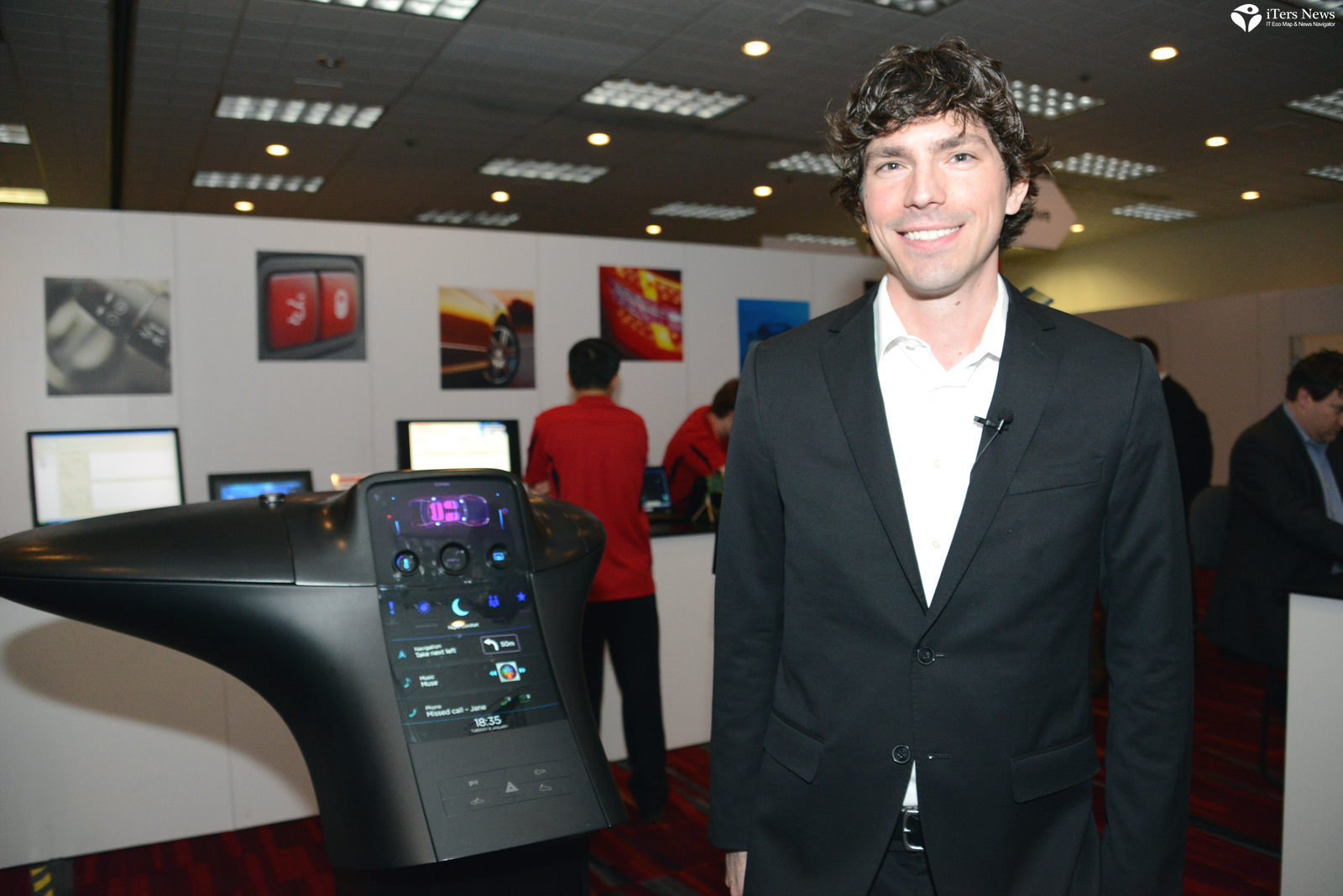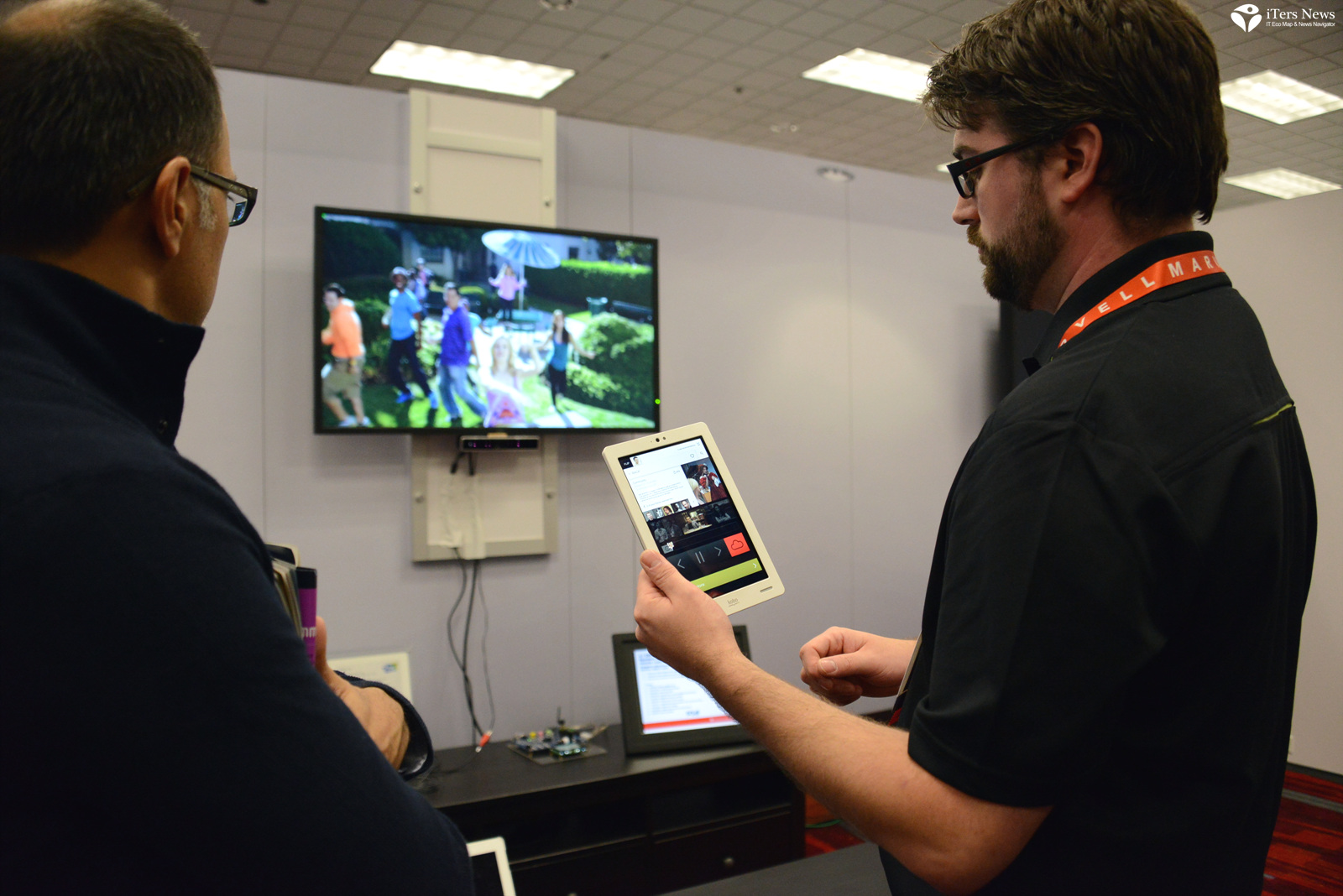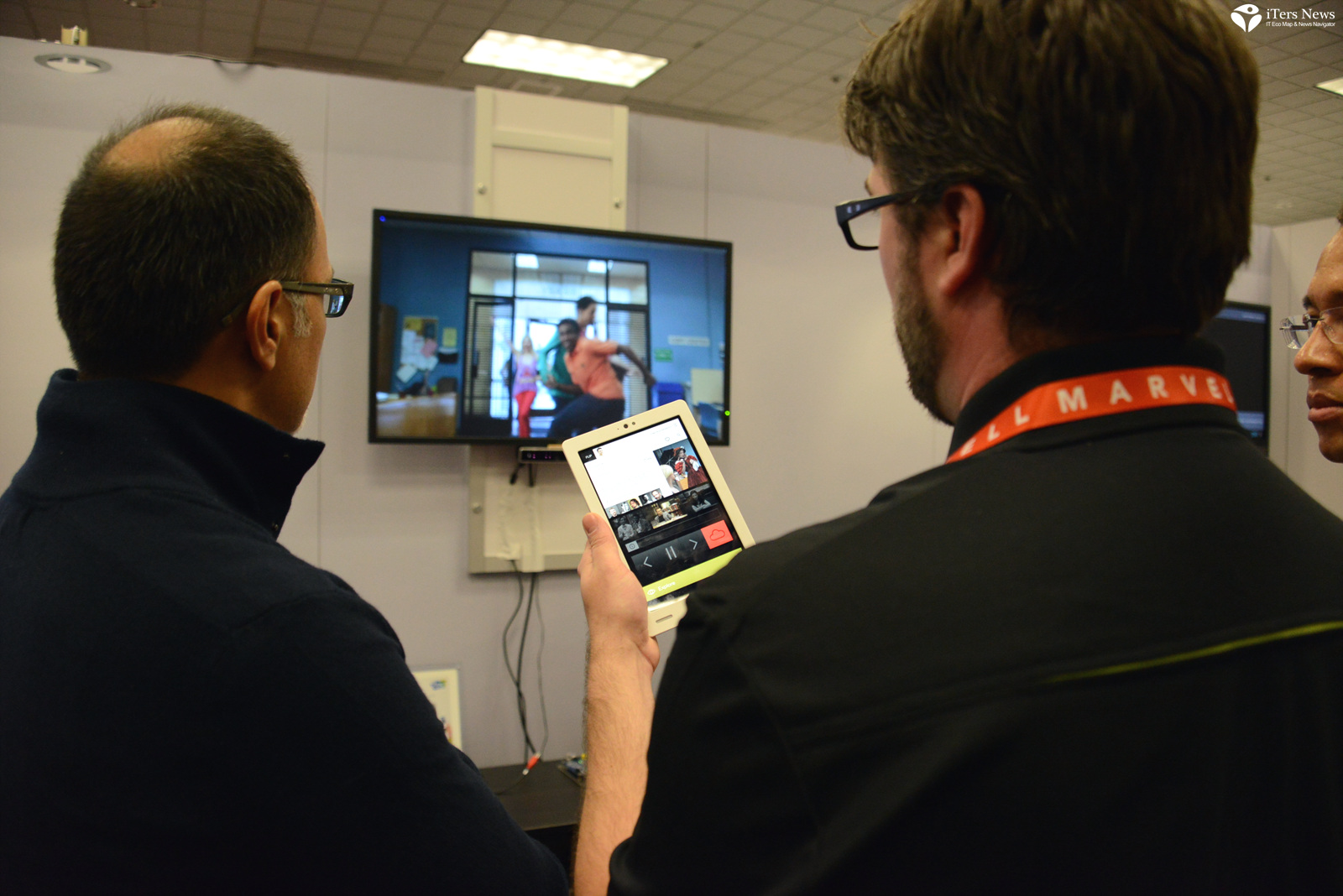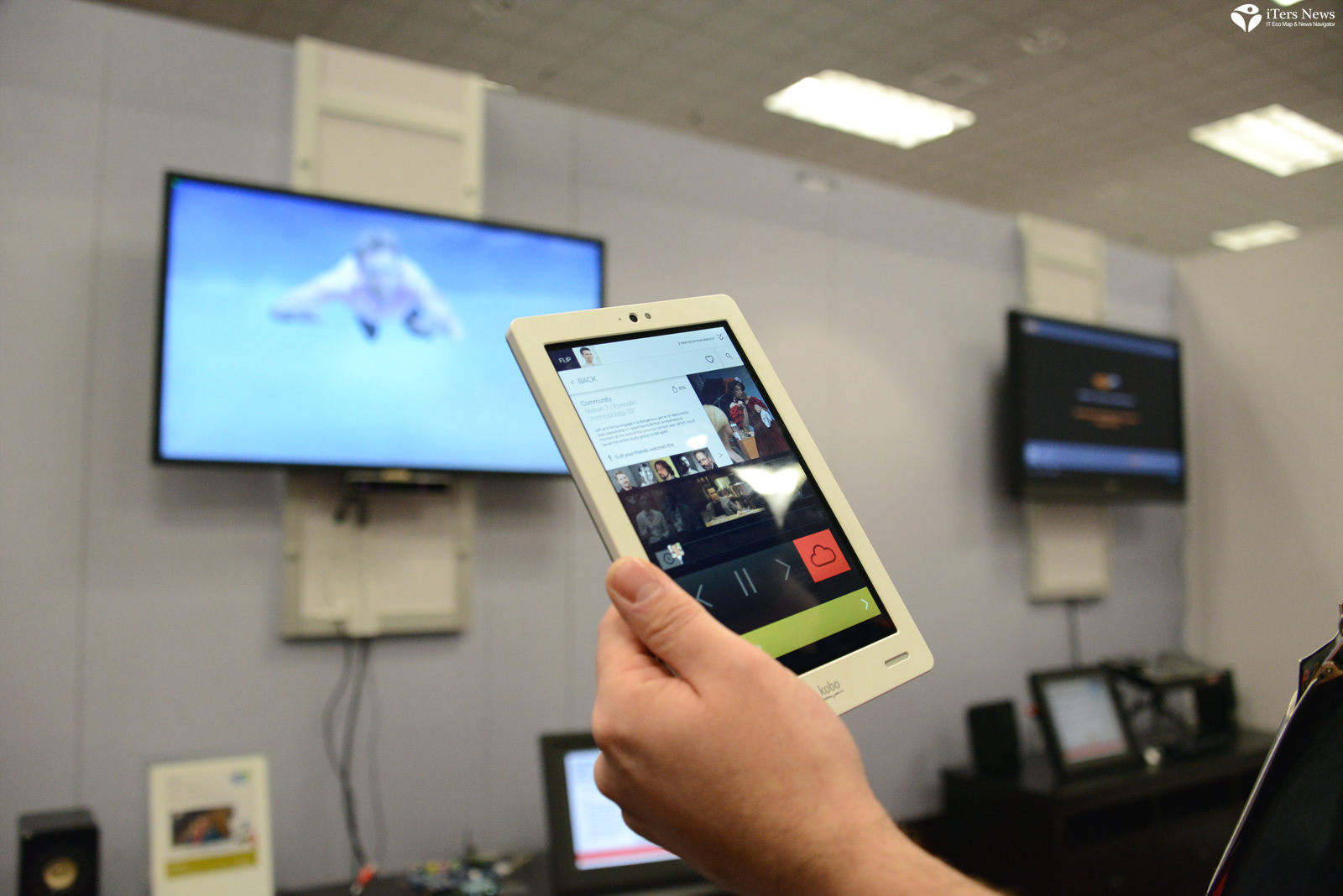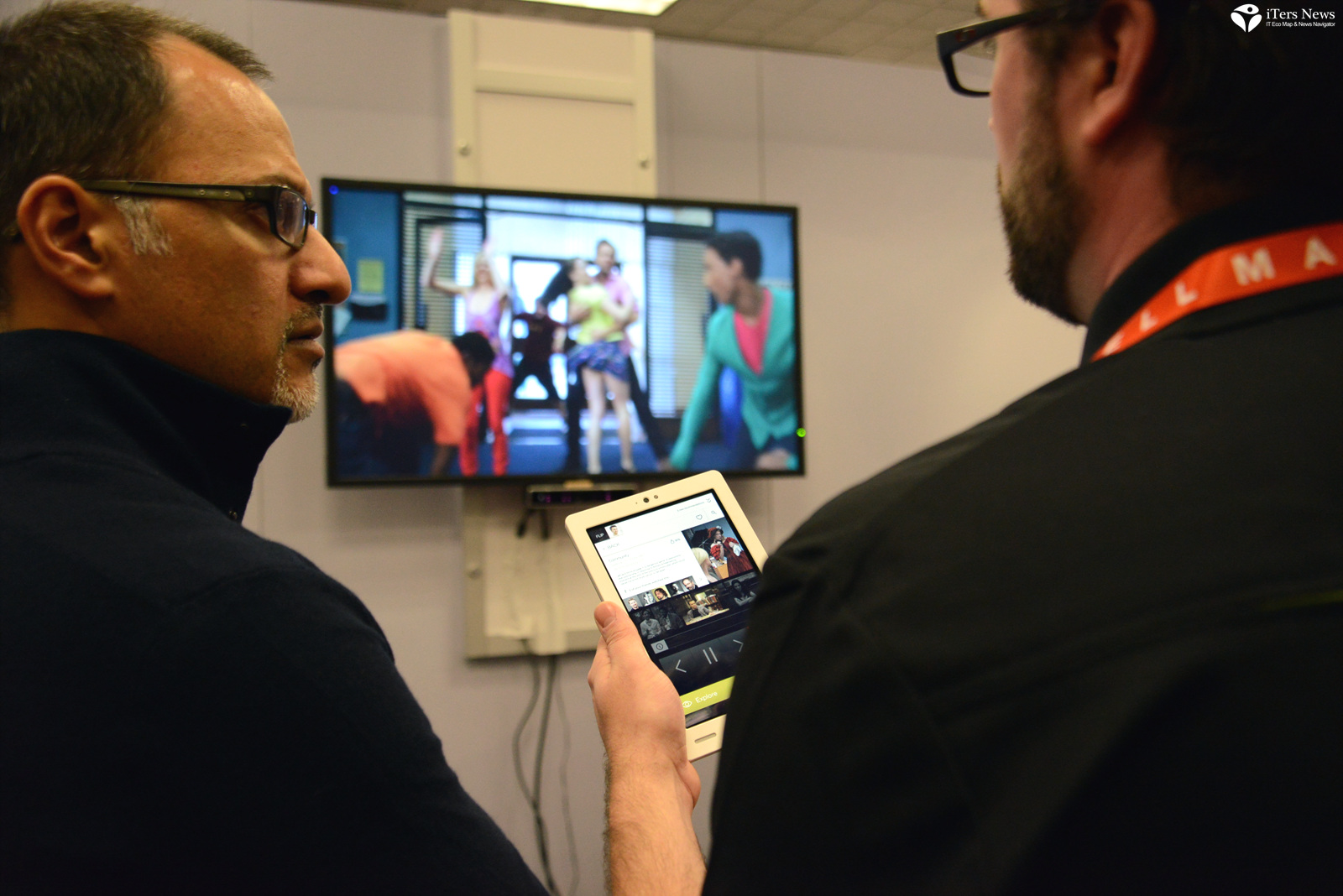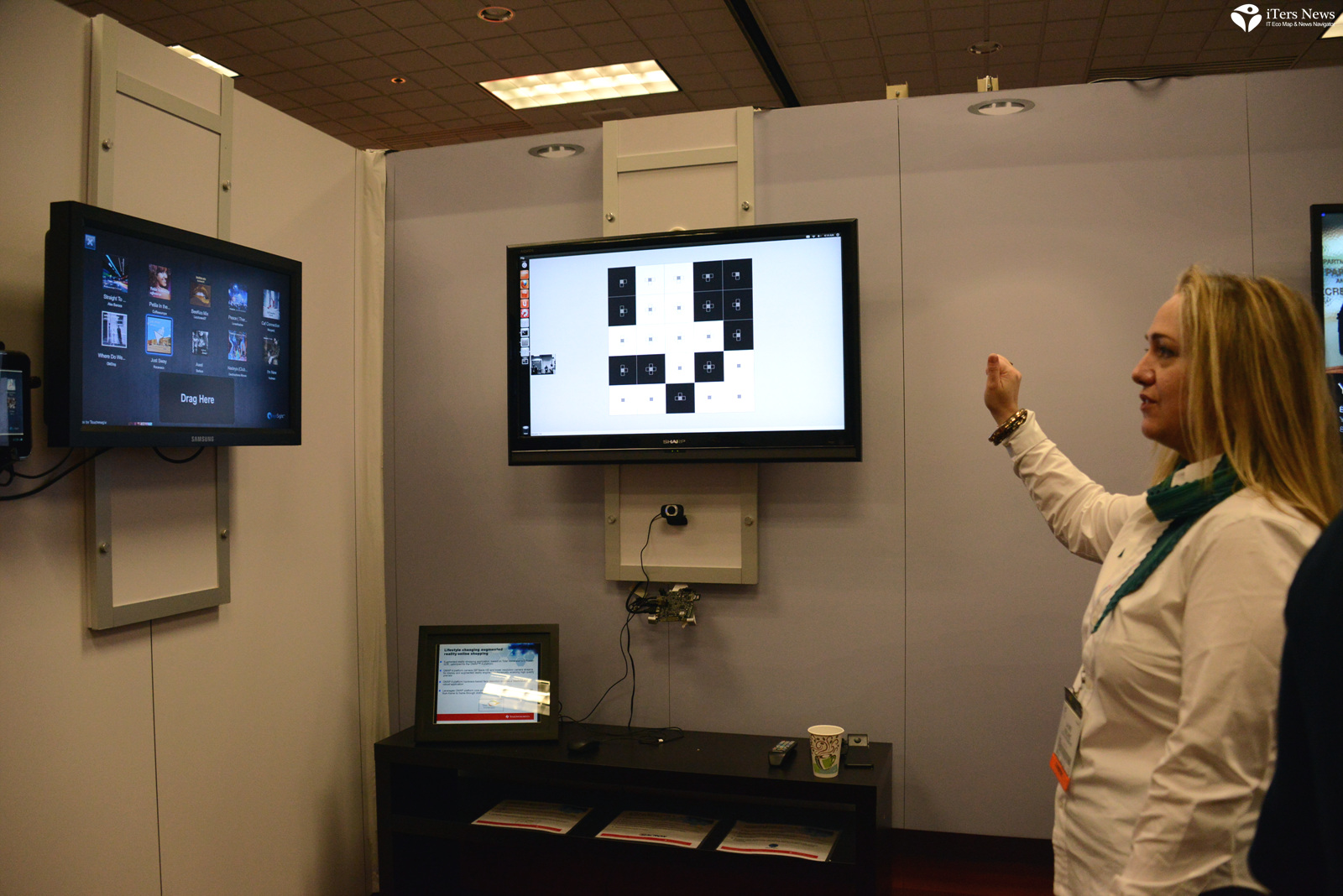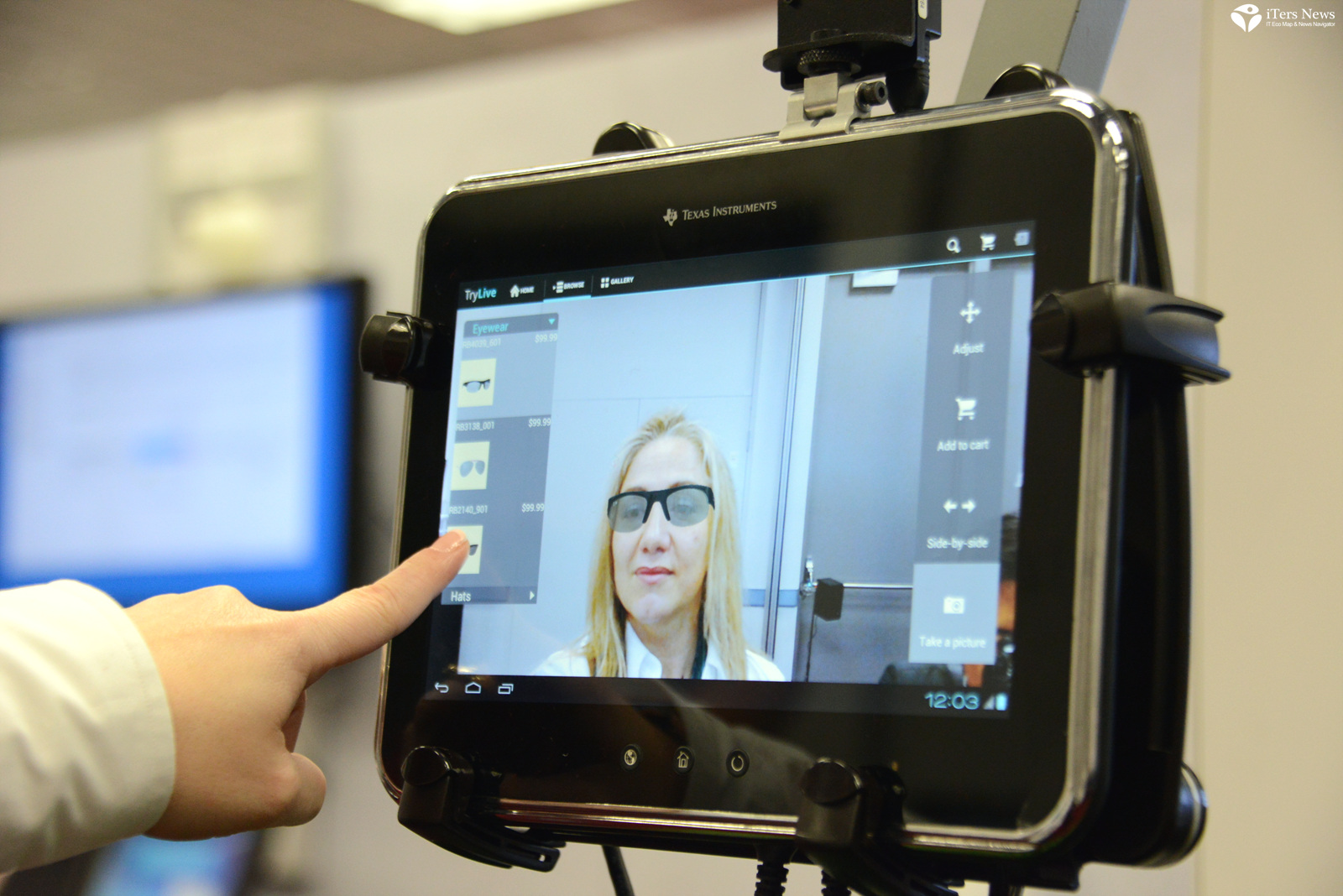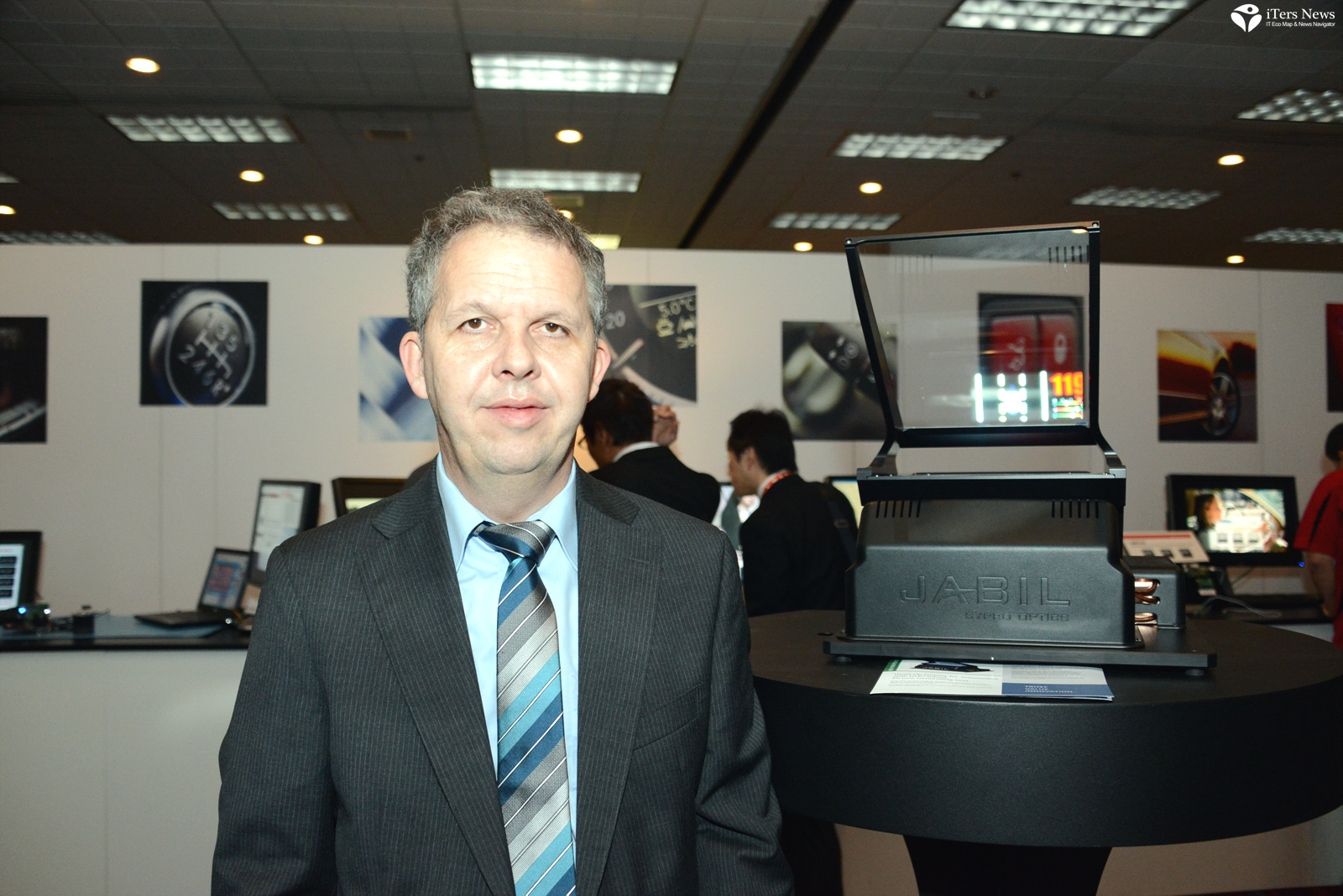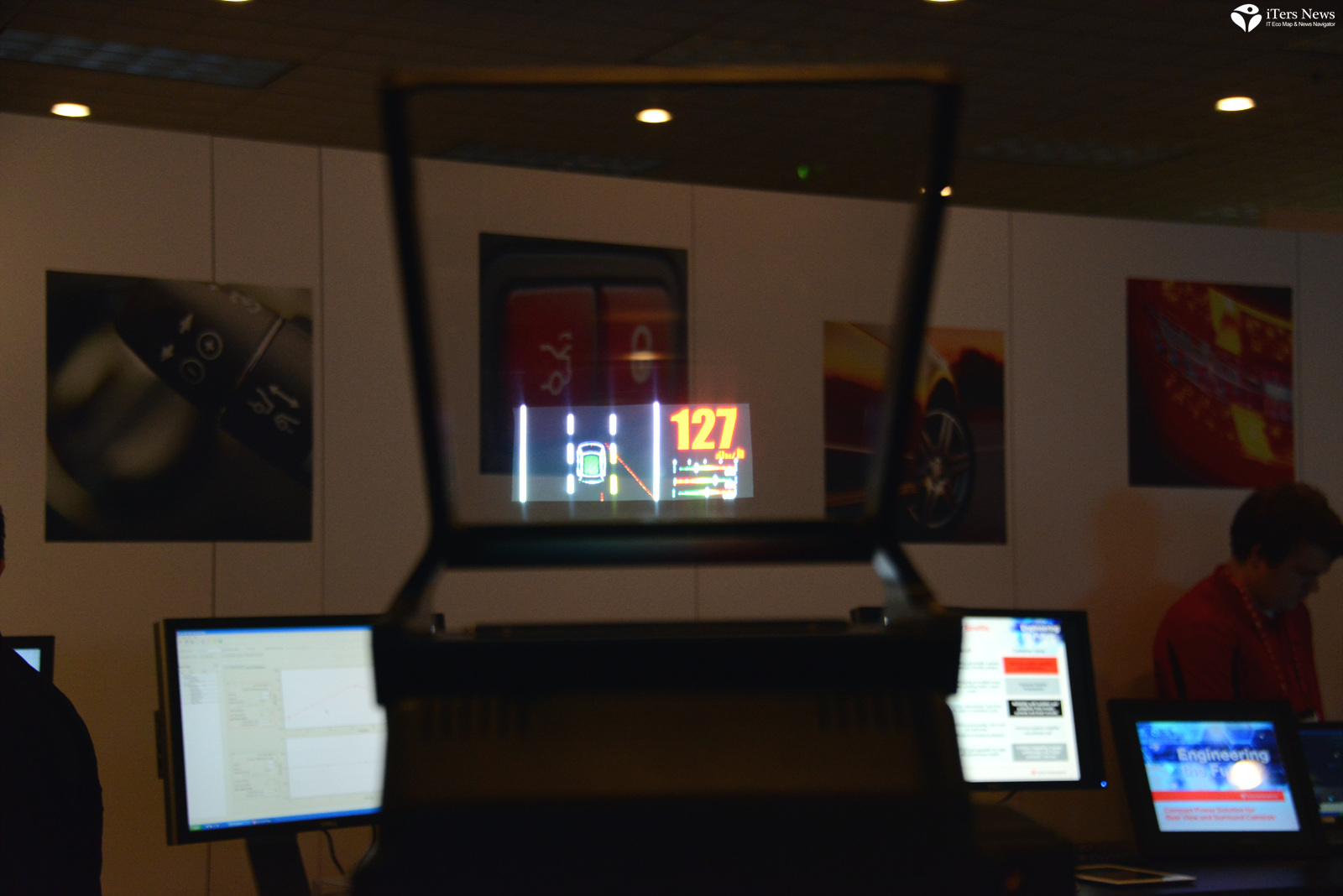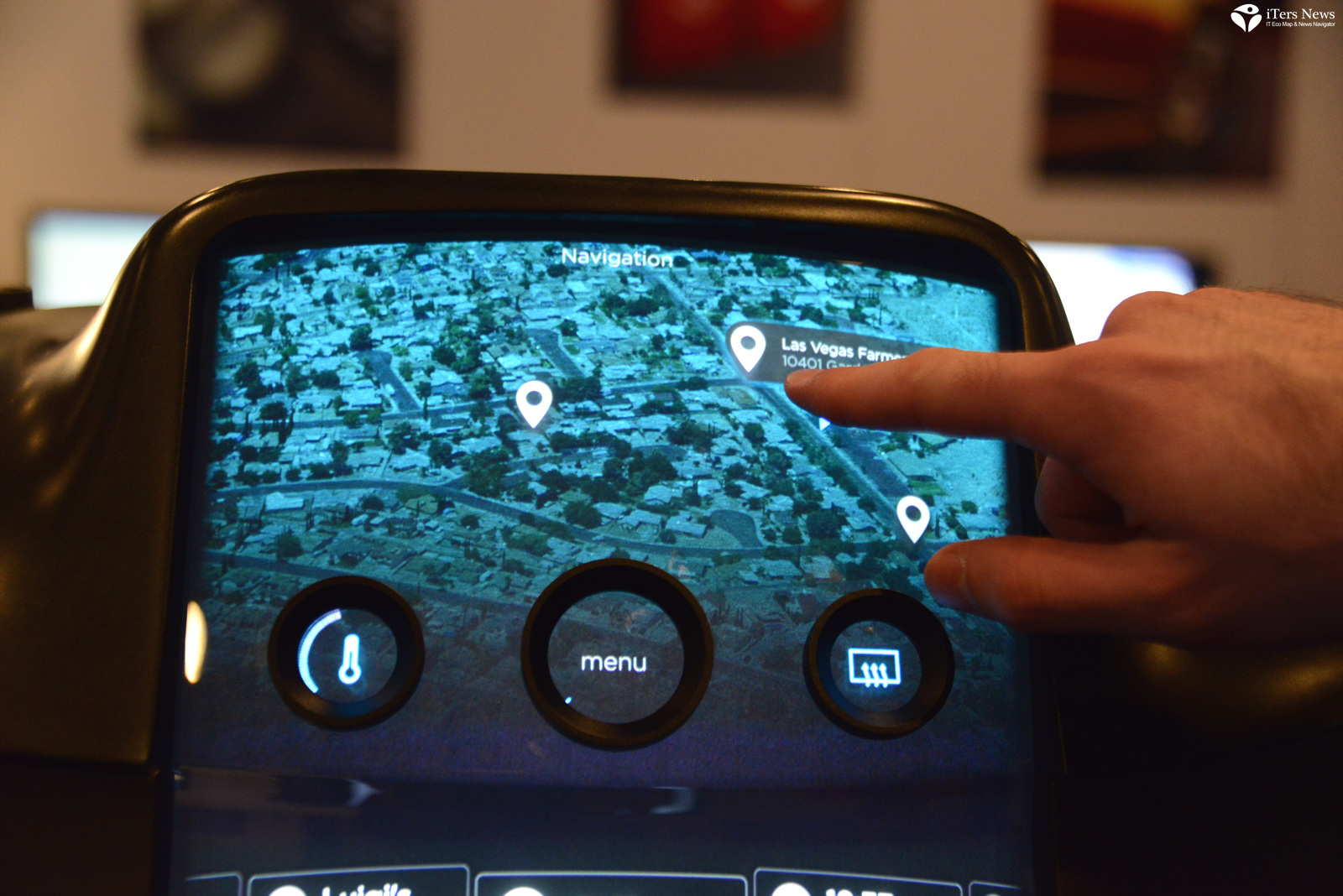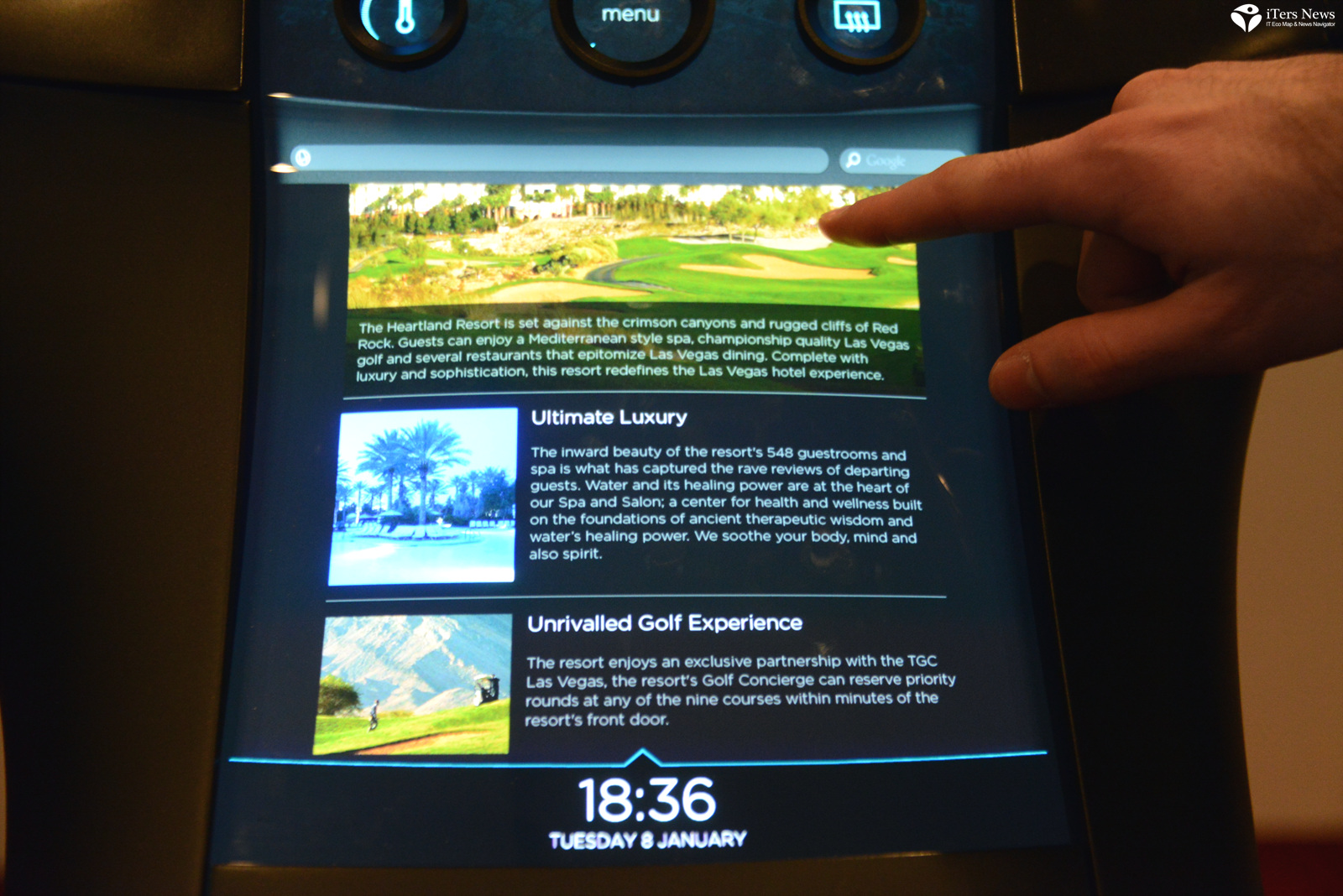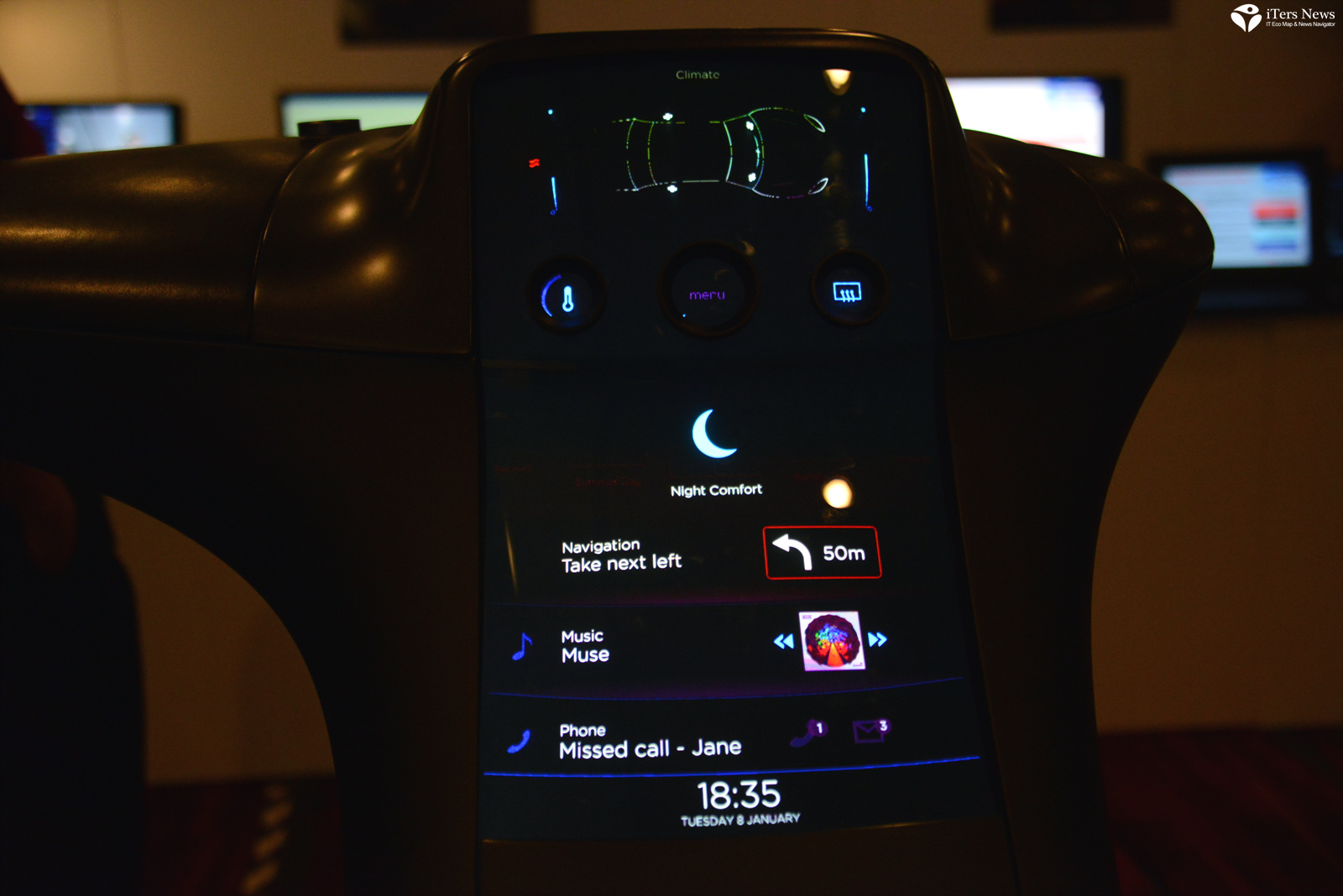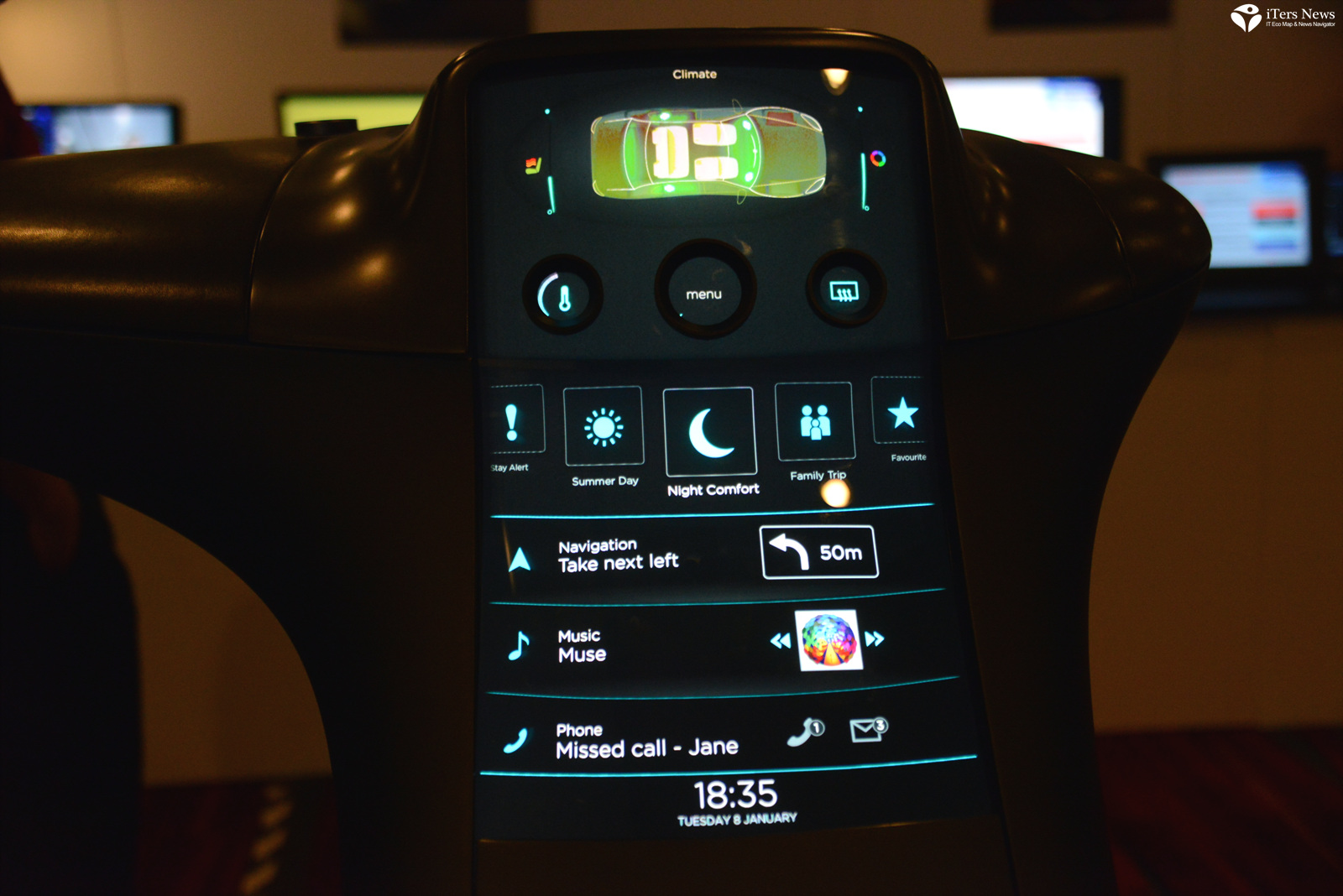(iTers News) - Texas Instruments showed off an array of futuristic home entertainment and car infotainment solutions at International CES 2013, which ran from Jan. 8 to 12
The chipmaker worked together with its system and software partners to showcase a DLP-based car head-up display system, a facial and gesture-recognition smart TV natural user interface system, and its OMAP-powered car infotainment system as well as an augmented reality, or AR system.
Highlighting its showcases is a facial-and gesture-recognition natural UI system for smart TVs, which was jointly developed with YOUi Labs, a software algorithm developer of natural user interfaces, or UIs.
During his demo, Don Liberty, vice president with YOUi Labs shows how the facial and motion recognition technology detects a user’s face and profile his personal information like web-browsing behavioral habits. The natural UI solution not only indentified a user based on his profile information, but also gave a recommendation list of contents to see according to his Web browsing records.
“A user is walking into the room, and a camera (on the top of a TV) is able to identify his presence. And from here, the profile automatically gets loaded on the television screen. When the profiles get loaded here, they can load them on a tablet remote -things with a television. So you notice and know he is Steve. Steve’s profile is on the tablet here. So, I started browsing my contents and a television starts giving me a recommendation based on my browsing habit. I can gesture to show some of the recommendations. And I can begin looking into the contents and selecting an episode I‘d like to see,” said he.
AR for online virtual retailing
AR or augmented reality system is what TI is now focusing on. TI demonstrated a set of AR solutions that run on its flagship OMAP processor. Specifically designed to be used with an online retailing application, the AR solution allows users to virtually wear a set of sunglass on a monitor screen and access that it befits well into his or her style.
Coming complete with a vision camera, AR software algorithm and a set of database, the system has TI’s flagship OMAP processor at its core to process and render tons of pixel information.
“As you see, I can assess how a sunglass looks on my face. With this type of applications, you can do an on-line retailing, because you can actually try true size to assess how it looks on you. You can do that with a sunglass, you can do that with jewelries. And, you can do that virtually with clothes, “ said Laure Leblane-Legri, business partner manager with OMAP ecosystem of TI.
During her demo, the system projected her clone image on the small screen using a built-in vision camera and put a sunglass on her face, and she moved forth and back toward the screen to see how well it befits into her looks as if she actually look into the real retail floor mirror.
DLP-based Head-up Display
TI’s next generation of DLP-based head-up display was catching eyes. Jointly developed with its partner Sypro Optics GMBH, a member company of Jabil Optical Technology Group, the car windshield-topped DLP head-up display incorporates TI’s legendary MEMS micro-mirror DLP technology.
“The head-up display is famous for a security feature, because drivers don’t have to look at the dashboard. They drivers can see all of the driving relevant information on the shield -not only the speed of the car, but also all other information like in-coming calls and security-related information, “said Thomas Handke, project manager with Jabil Sypro Optics.
TI also had lined up an array of car infotainment and telematics systems that have codename “Jacinto 6,” at their heart.
The new DRA74x processor was built on TI’s proven OMAP 5 architecture to enable optimized automotive solutions, adding audio, analytics and radio accelerators, along with automobile interfaces and peripherals. Integrating automotive interfaces with the processor architecture can decrease an automotive infotainment customer’s electronic bill of materials (BOM) by up to 25% or more, while delivering best-in-class performance capabilities, TI said.
With the OMAP 5 architecture at its core – including dual-core ARM Cortex-A15 processor, dual core ARM Cortex-M4 processor and Imagination Technologies' POWERVR SGX544-MPx graphics cores, the latest DRA74x, or “Jacinto 6” processor increases ARM CPU performance up to five times and graphics (GPU) performance close to seven times, compared to the previous “Jacinto 5” offering.
The chip also features AEC Q100 qualification and wide-temperature support, incorporating a range of automotive interfaces from 2x CAN to MOST Media Local Bus (MLB) to PCIe to Ethernet AVB to 3.3V I/Os. The chip has also an optional 680 MHz floating-point VLIW DSP for integration of software defined radio, advanced audio and speech processing. It supports multiple high-definition camera and video input ports to enable next-generation surround-view camera and consumer devices. Its software ecosystem is wide enough to include support for QNX, open-source Linux, and Android.
Photos & Videos by JH Bae


